Picture this: you scroll through Instagram and see gorgeous tiny homes that promise a minimalist wonderland, only to realize that living in one might be more “cramped chaos” than “cozy chic.” It’s like that perfect brunch photo that looks amazing until you actually sit down and realize the table is too small for your latte and avocado toast. Today, we’re dishing out 15 real-talk reasons why tiny homes might not be the dreamy escape they’re cracked up to be.
1. Cramped Living Space
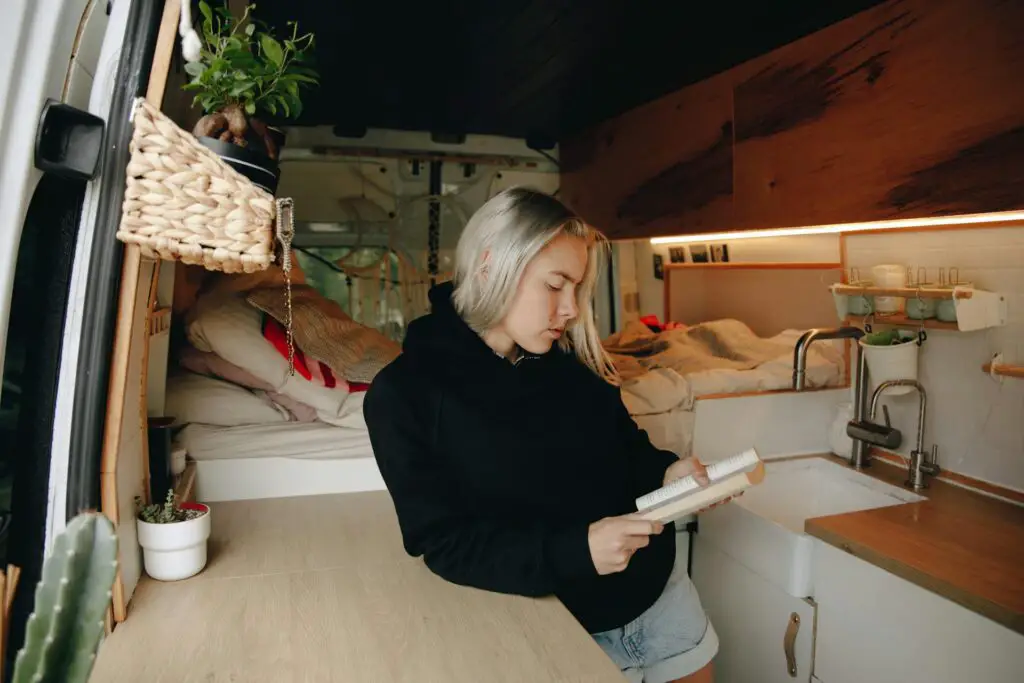
Tiny homes might sound like the ultimate minimalist dream, but the reality of limited square footage can really cramp your style. A study by Medium found that squeezing your life into such a small area can quickly turn your haven into a claustrophobic cage. You might wake up every morning feeling like your personal space has been invaded by your furniture. The constant negotiation over elbow room can turn everyday life into an awkward dance of compromises. Your favorite yoga mat might end up permanently rolled up in a corner because every inch is already claimed. Sometimes, a “tiny” home can feel like you’re living in a storage unit masquerading as a house.
When you’re forced to share every nook and cranny with your belongings, it can get seriously stressful. Your guests might feel like they need to schedule their visits like boardroom meetings, all because there isn’t enough room to relax. Every object becomes a potential obstacle in your daily hustle, making even a simple walk from the bed to the door a tactical maneuver. You might end up missing the luxury of spaciousness that lets you breathe and be yourself. Over time, the constant close quarters can sap your creativity and chill vibes. In the end, living large sometimes means having a little extra space to call your own.
2. Lack of Privacy
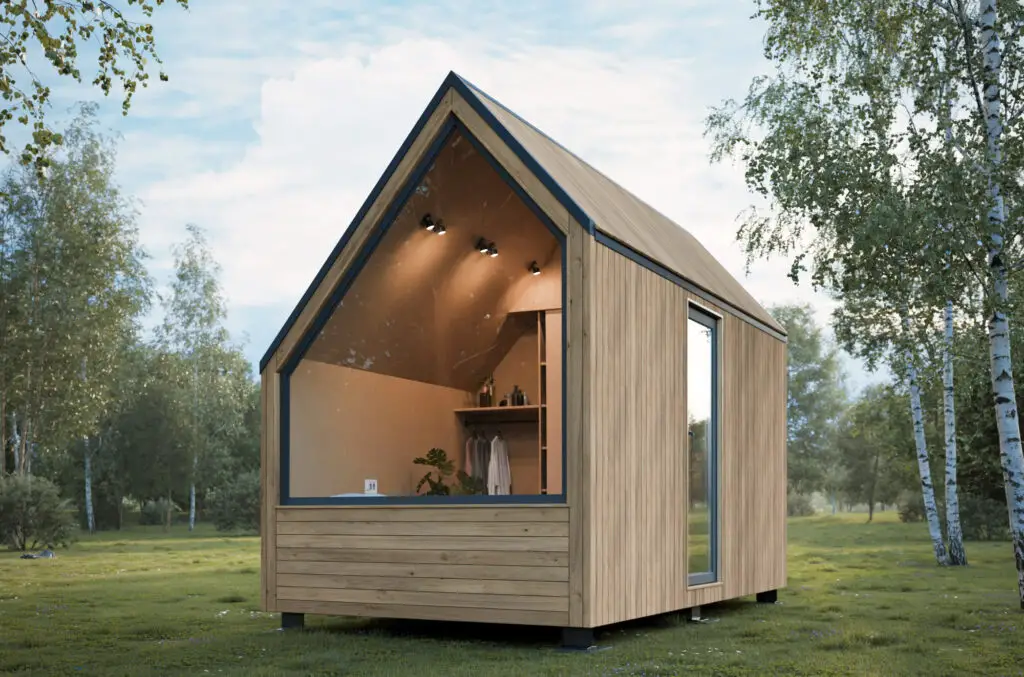
Living tiny means that personal space is more of a myth than a reality, and trust me, that can get old pretty fast. A recent Money.com piece highlights how every moment feels like a group project when you have to share every square inch with everyone. Whether you’re on a video call or just chilling with your favorite book, the constant proximity can feel suffocating. Your daily routines might start to mirror a never-ending episode of “The Real Housemates of Tinyville.” Every conversation, every awkward silence, is magnified by the absence of a buffer zone. It’s hard to hit that zen state when your living room is practically your bedroom and dining room rolled into one.
Imagine trying to host a heartfelt conversation when even your personal space is on loan to the entire household. The lack of private corners can force you into a perpetual state of self-consciousness. Your daily habits might need to be scheduled around the tiny window of solitude you can carve out. It can even dampen your mood, leaving you feeling like you’re constantly under a microscope. Over time, the invasion of personal boundaries can affect your mental space as much as your physical space. Tiny living might sound adorable on paper, but the loss of privacy is a real buzzkill for your inner introvert.
3. Zoning and Legal Hassles
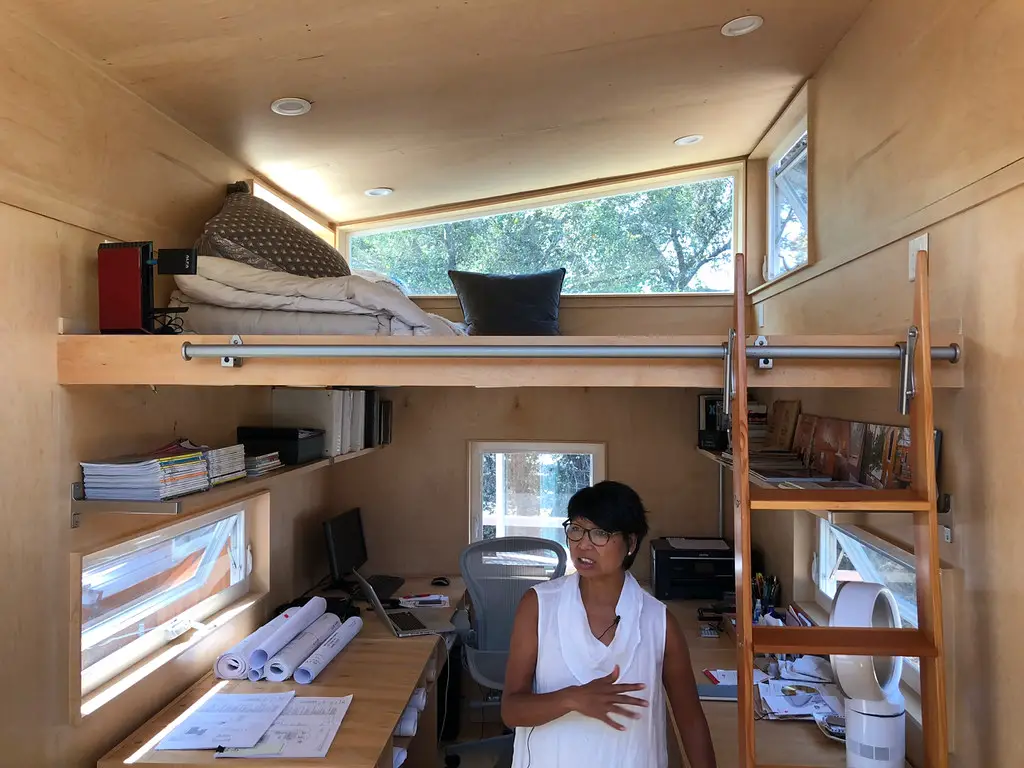
The romance of a tiny home can quickly fade when you run into zoning laws that are more confusing than assembling flat-pack furniture. Experts at Business Insider highlight that legal battles and zoning restrictions can turn your dream into a bureaucratic nightmare. You might find yourself in a tug-of-war with local regulations that just don’t understand your lifestyle choices. Permitting issues, legal loopholes, and neighborhood pushback can all add layers of stress to your new humble abode. The very idea of owning a tiny home becomes tangled up in red tape that makes everyday living a hassle. It’s as if every step you take towards independence is met with a rule or two that says, “Not so fast!”
Before you get too carried away with decor ideas, you might need to spend more time with paperwork than with your design projects. Navigating local codes can feel like learning a new language, one that’s riddled with fine print and hidden clauses. Every permit, every inspection, becomes a mini-adventure in frustration. It might even make you reconsider if freedom is worth the constant legal limbo. The promise of simplified living quickly turns into a complex maze of municipal demands. Sometimes, the dream of tiny freedom comes with a hefty side of administrative headaches.
4. High Initial Costs
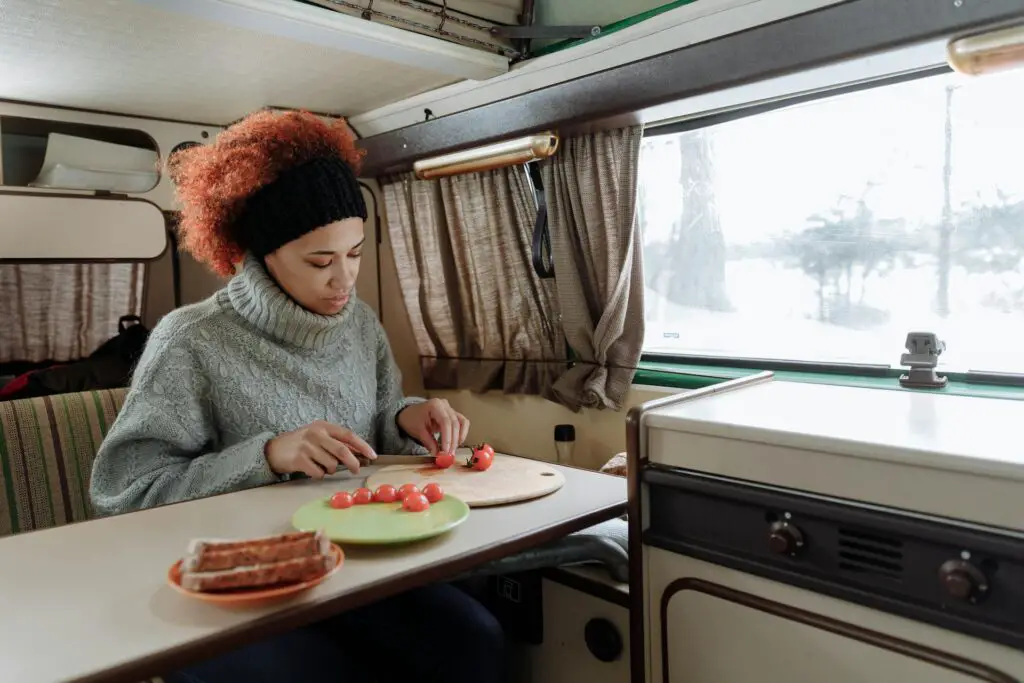
It might seem counterintuitive, but jumping into the tiny home lifestyle can burn a serious hole in your wallet right from the start. A recent Reader’s Digest article reveals that the upfront costs of custom builds, land, and specialized permits can make your bank account scream. Even though the square footage is small, the price tag can be shockingly high. You could end up shelling out a premium for every square inch, with no room for error or miscalculation. The promise of affordable living is often undercut by unexpected expenses that add up fast. It’s a bit like thinking you’re getting a bargain, only to discover you’ve been sold a designer trap.
Before you sign on the dotted line, you might need to crunch numbers like you’re auditioning for a role on a budgeting reality show. Hidden fees and premium materials can inflate your costs beyond what you ever imagined. You’ll soon learn that every tiny detail—from custom cabinetry to energy-efficient fixtures—comes with a price. The upfront investment can feel overwhelming and might leave you questioning the whole “tiny” dream. It’s important to do your homework and factor in every potential cost, no matter how small it may seem. Sometimes, the price of living minimally is anything but minimal.
5. Insufficient Amenities
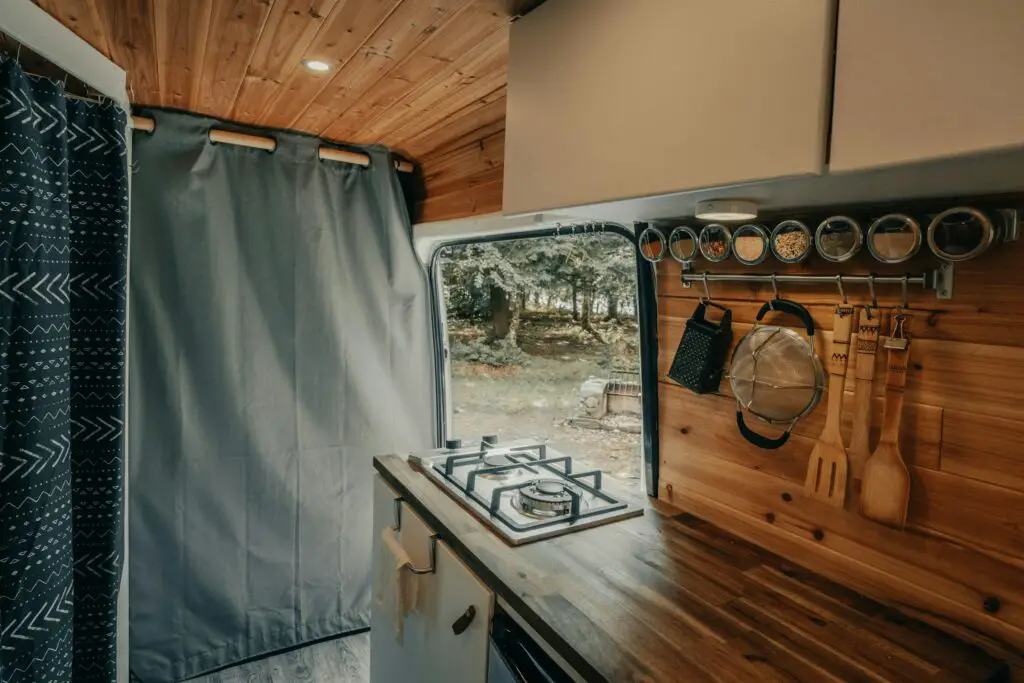
Living small often means making big sacrifices, and sometimes the loss of everyday amenities is the hardest hit. Turns out, tiny homes frequently lack the conveniences many of us take for granted. You might have to forgo a full-sized kitchen or a proper bathroom, leaving you feeling like you’re constantly compromising on comfort. Essential features like a dedicated laundry space or proper storage can be nearly impossible to integrate. Every amenity you miss becomes a reminder that tiny living isn’t all Instagrammable charm. The trade-off for a quaint footprint is often a lifestyle of constant adjustments and compromises.
Imagine having to squeeze your entire life into a space that barely fits a bed and a table. Your daily routines might revolve around makeshift solutions that work for a day but leave you longing for a more traditional setup. From cramped cooking areas to lackluster storage options, the missing luxuries can pile up fast. You might find yourself daydreaming about the simple joy of having a spacious shower or a full-sized closet. The reality is that some comforts just can’t be miniaturized without losing their appeal. Sometimes, a little extra room is worth more than any minimalist aesthetic can offer.
6. Limited Storage Options
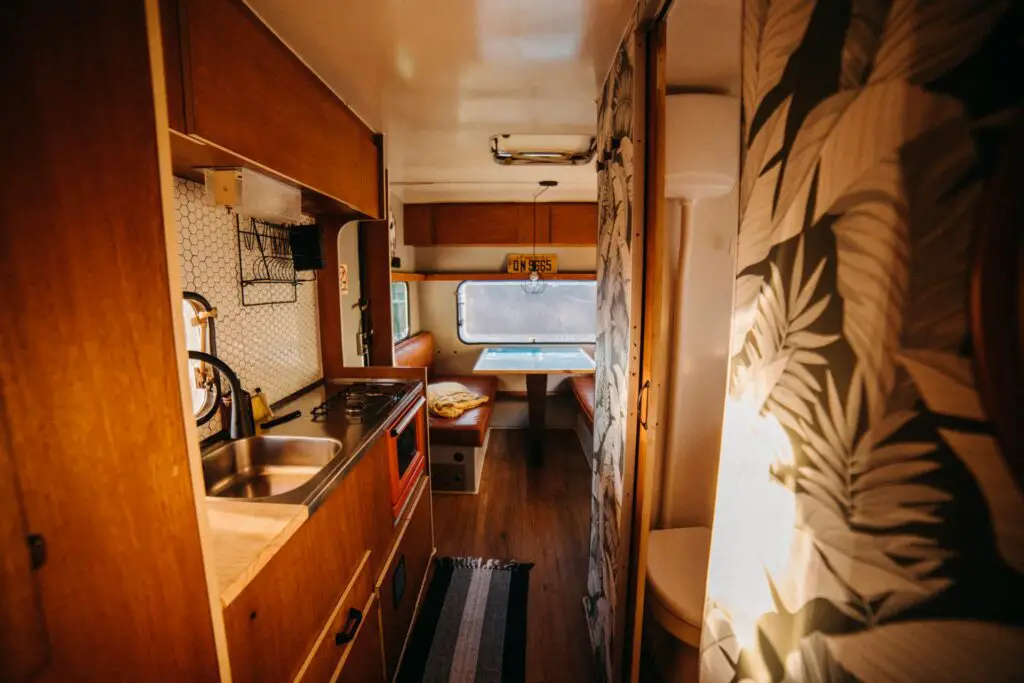
If you love collecting quirky trinkets and sentimental knick-knacks, tiny homes might force you into a painful purge. Storage becomes an Olympic sport when every square inch counts. You may quickly realize that your closet becomes a battleground for every piece of clothing and memorabilia you own. The lack of dedicated storage spaces can leave you feeling like a hoarder forced to choose between your cherished items. Every decision becomes a negotiation with your limited square footage. Even the idea of a tidy home can feel like a far-off fantasy when your storage solutions are so restricted.
Living in a space that barely offers room for your belongings can be incredibly draining. Every day might involve creative hacks to stash your stuff out of sight, which can wear you out over time. It might even affect your mood, knowing that your personal treasures are constantly under threat of being lost or damaged. The challenge of organizing and de-cluttering in a minuscule space can be exhausting and emotionally taxing. You might eventually start to feel that the joy of owning unique items is outweighed by the hassle of not having anywhere to put them. Sometimes, having a little extra storage is the key to keeping your life—and sanity—in order.
7. Overcrowded Living Quarters
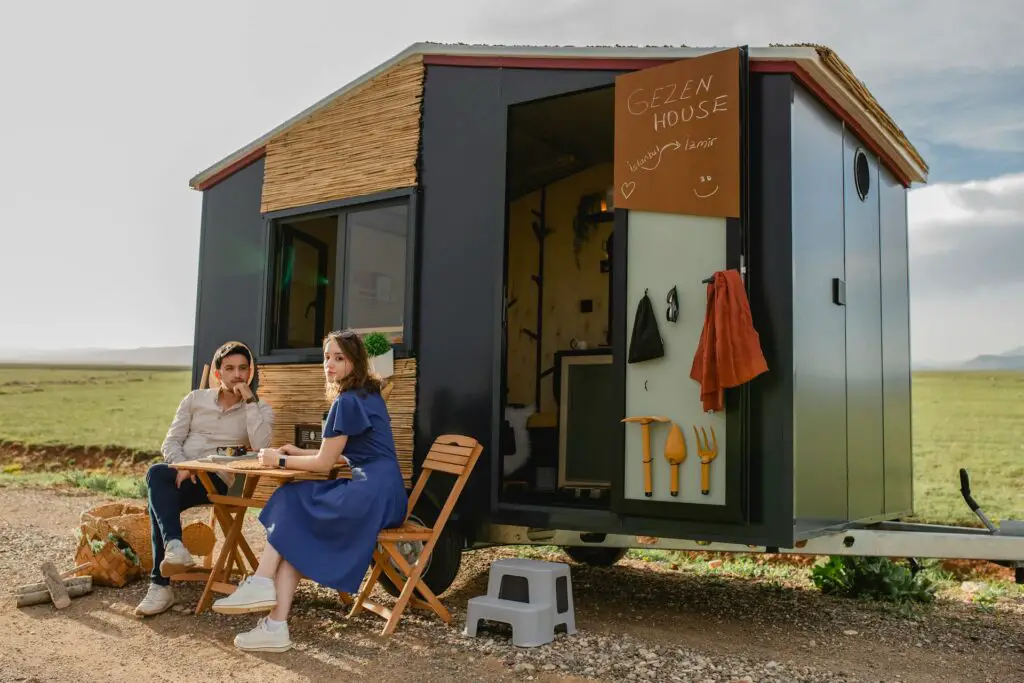
When you decide to invite friends over to your tiny home, be prepared for some serious spatial challenges. Even a small gathering can quickly turn your snug space into a chaotic game of musical chairs. The intimacy of a tiny home can be charming until you realize that every guest becomes an extra piece of furniture. Living in such close quarters means your personal bubble is always at risk of being burst by well-meaning visitors. Every conversation, every laugh, is amplified by the cramped conditions, leaving little room for quiet reflection. The joy of socializing can sometimes feel like a logistical puzzle that’s hard to solve.
It might become a running joke among your friends that your home is just a glorified closet for impromptu parties. You might have to schedule visits to ensure that everyone has a moment of breathing space, which can get seriously awkward. Overcrowding can lead to a constant state of clutter that undermines the aesthetic you worked so hard to create. The charm of a tiny home can quickly be overshadowed by the stress of hosting in a space that’s simply too small. Sometimes, the intimacy you crave in a tiny home ends up feeling more like a forced group hug. The promise of cozy living can turn sour when you realize that every inch is already spoken for.
8. Compromised Comfort Levels
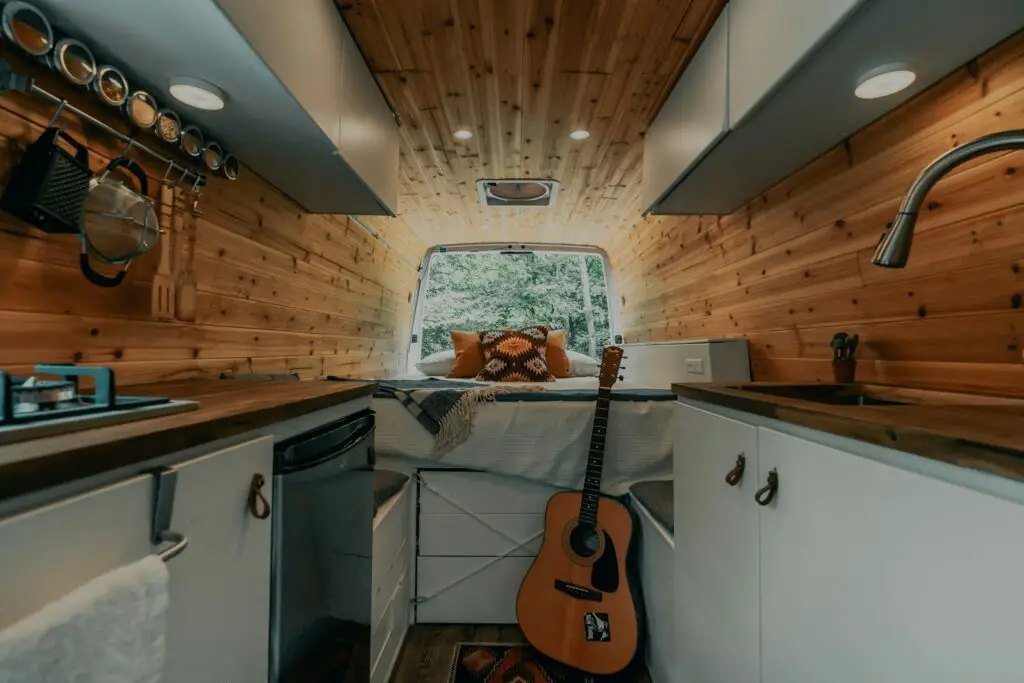
Living tiny might force you into a lifestyle where comfort takes a backseat to necessity. With every inch optimized for function, you might find that there’s little room left for truly relaxing. The challenge of fitting a comfy sofa, a proper bed, and a cozy nook all in one space can be overwhelming. It sometimes feels like you’re constantly sacrificing comfort for the sake of minimalism. The design might look trendy, but if it doesn’t allow for a chill, laid-back vibe, then what’s the point? You might end up feeling like you’re living in a perpetually half-packed dorm room.
Your daily rituals—like binge-watching your favorite shows or having a lazy Sunday morning—can be disrupted by the constant need to rearrange your space. Every piece of furniture might serve a dual purpose, leaving no room for that one item you absolutely adore. The balance between functionality and comfort can be a tightrope walk that sometimes tips in the wrong direction. You might start to miss the luxury of a cushy armchair or a spacious lounge area where you can truly unwind. Over time, the lack of dedicated comfort zones can erode the joy of your living space. Sometimes, a little extra room to kick back and relax is exactly what you need to feel at home.
9. DIY Disasters

Tiny homes often come with a hefty dose of DIY spirit, but that can sometimes backfire in spectacular ways. When you’re trying to save a buck, you might end up turning every corner into a half-finished project. The charm of self-built features can quickly dissolve into a series of ongoing repairs and patch-ups. It’s like starting a Pinterest project that never quite makes it to the “finished” board. The satisfaction of a job well done can be overshadowed by the constant maintenance and second-guessing of your skills. Your tiny abode might turn into a never-ending work in progress, full of quirky fixes that never seem to stick.
You might find that every imperfection becomes a conversation piece rather than a source of pride. The promise of a bespoke, hand-crafted space might instead feel like an ongoing battle with your own DIY limitations. Every repair can drain not only your wallet but also your patience, turning your sanctuary into a perpetual construction zone. You may begin to question whether the allure of a personalized space is worth the endless cycle of fixes. The joy of a well-finished home can be lost in a sea of temporary solutions and makeshift patches. Sometimes, the dream of a custom-built tiny home is best left to the professionals.
10. Insufficient Room for Guests
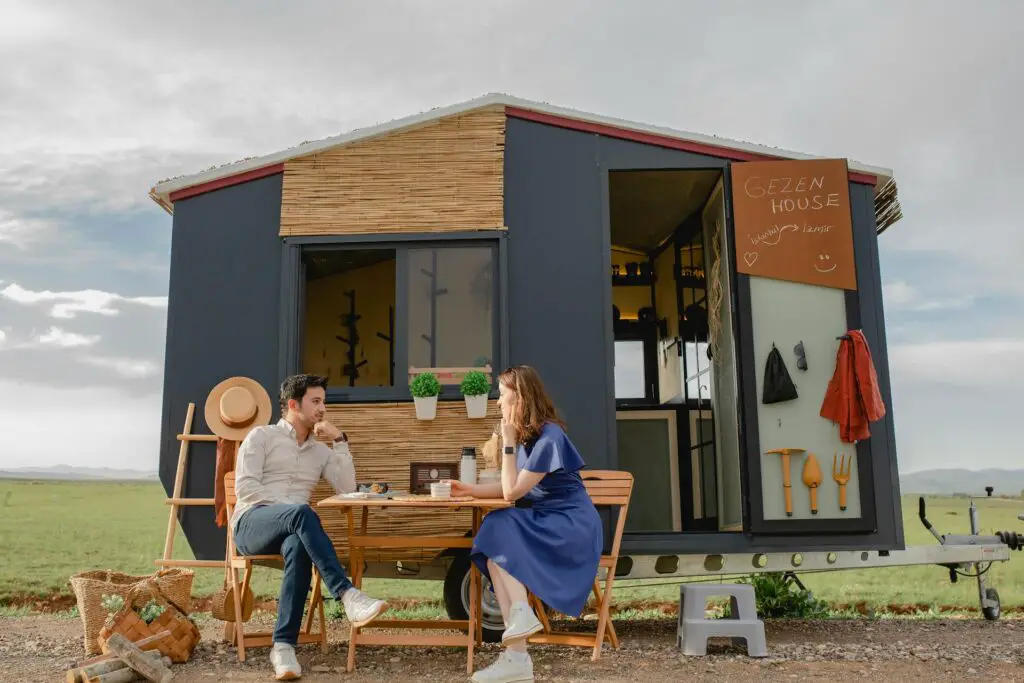
Entertaining in a tiny home might sound cute until you realize that hosting a proper dinner party is nearly impossible. The limited space means that every guest takes up more room than you can comfortably spare. Even if you manage to squeeze everyone in, the vibe might feel more like a sardine can than a social gathering. The promise of intimate get-togethers can quickly devolve into a logistical nightmare of cramped seating and elbow jostling. You might find that your home is better suited for solo Netflix binges than lively conversations. The reality of hosting in such a confined space can be both physically and socially challenging.
Every gathering can feel like a high-stakes puzzle where you’re constantly rearranging chairs and tables to fit one more person. The natural flow of conversation might be stifled by the constant need to navigate narrow hallways and overlapping zones. It’s hard to create a warm, inviting atmosphere when you’re constantly reminded that space is at a premium. The excitement of sharing your home with friends can give way to the stress of making sure everyone has room to breathe. In a tiny home, even the best-laid hosting plans can quickly fall apart. Sometimes, the dream of a cozy, intimate space is better suited for quiet evenings alone.
11. Energy Efficiency Overload
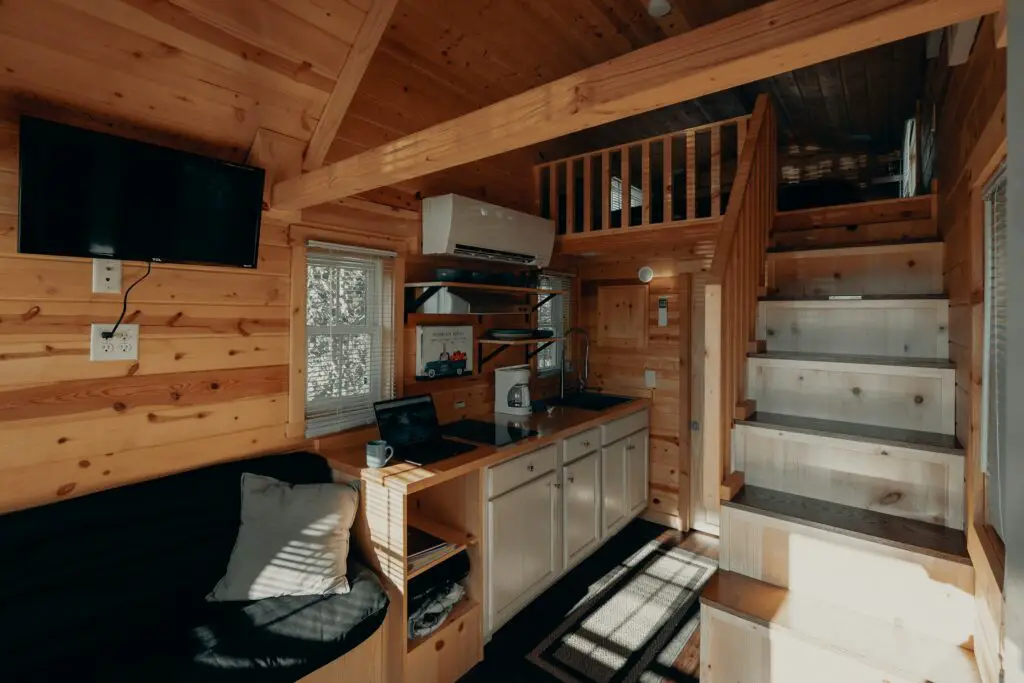
While tiny homes are often celebrated for their energy efficiency, the reality can sometimes be a bit of a mixed bag. In theory, a smaller space means lower utility bills, but in practice, the costs can add up in unexpected ways. Every inefficiency in insulation or window placement is magnified by the limited square footage. You might find that the energy savings promised by a tiny home are offset by constant maintenance and adaptation. The compact design leaves little room for error when it comes to temperature regulation or power consumption. Sometimes, what’s marketed as eco-friendly can turn into an energy efficiency overload that drains both resources and sanity.
Every chilly winter night or scorching summer day becomes a test of your home’s ability to keep up with the elements. The compact space means that a single malfunctioning window or heater can have a disproportionate effect on your comfort. Instead of the bliss of sustainable living, you might end up troubleshooting energy issues on a regular basis. The delicate balance of energy efficiency can be disrupted by even minor oversights in design. Your dream of green living might come with a side of constant utility adjustments. Sometimes, the reality of energy efficiency in a tiny home isn’t as straightforward as it appears.
12. Limited Future Expansion
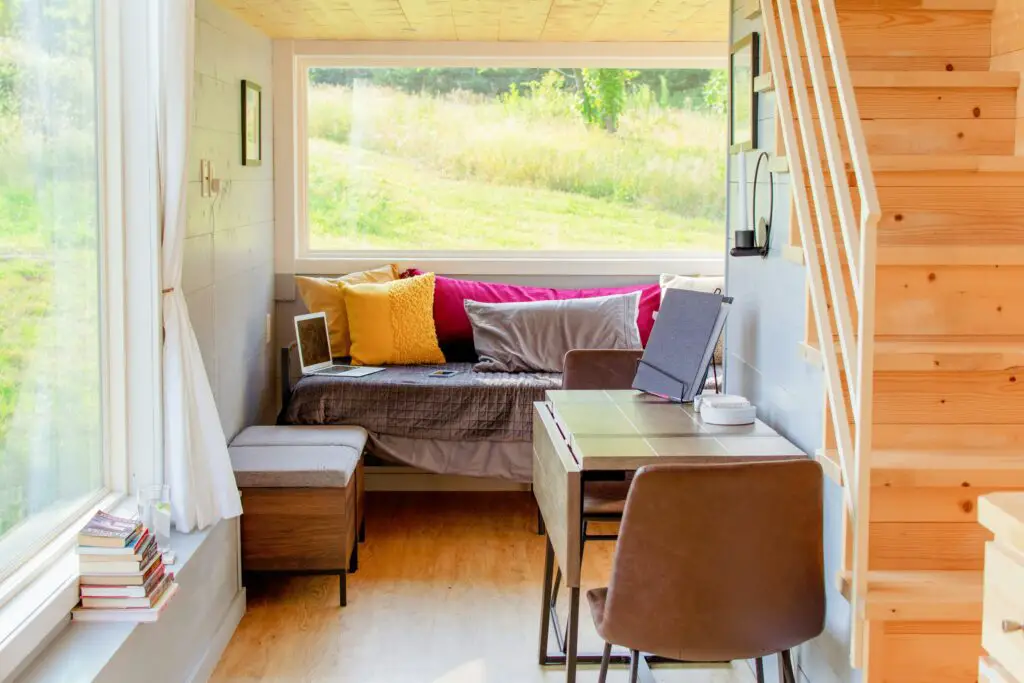
One of the biggest promises of a tiny home is its simplicity—but that simplicity can quickly become a limitation when life changes. With such a small footprint, there’s little room for future expansion or unexpected needs. Today’s minimalist lifestyle might seem ideal until you start envisioning a family, a home office, or a creative space for hobbies. The inflexibility of a tiny home can feel like you’re locking yourself into a corner with no chance for growth. Every upgrade or modification is met with the harsh reality of limited square footage. The dream of a forever home might turn into a constant struggle to adapt to life’s evolving demands.
Every new idea for improvement can feel like you’re trying to force an elephant into a matchbox. The lack of room to expand can stifle your aspirations and leave you feeling boxed in. You might start to regret the very choice that promised freedom and simplicity but ended up restricting your lifestyle. Over time, the inability to modify or add on can create a sense of stagnation. The charm of a tiny home can be overshadowed by the feeling that you’re forever confined to a space that no longer meets your needs. Sometimes, having a little extra room to grow is the key to a truly fulfilling home.
13. Maintenance Mayhem

Tiny homes might be cute and compact, but when it comes to upkeep, every little detail matters. With so few square feet, even minor maintenance issues can feel like a full-blown crisis. A leaky roof, faulty wiring, or creaky floors aren’t just inconveniences—they can disrupt your entire day. The concentrated nature of a tiny home means that problems are immediately noticeable and often magnified. Instead of the luxury of ample space to hide these issues, every flaw is right in your face. The promise of low-maintenance living quickly gives way to a barrage of constant repairs and tweaks.
Every maintenance task can feel disproportionately time-consuming in a space where nothing is truly hidden. You might find that every repair requires a level of creativity that tests your patience and skill. The intimate scale of your home means that there’s no “away” space for the mess; it’s all right there, a constant reminder of what needs fixing. Over time, the upkeep can start to drain not just your wallet but also your enthusiasm for tiny living. The dream of a hassle-free home might turn into an endless cycle of patch-ups and quick fixes. Sometimes, the charm of a perfectly maintained home is lost in the minutiae of constant repairs.
14. Isolation in the Midst of Community
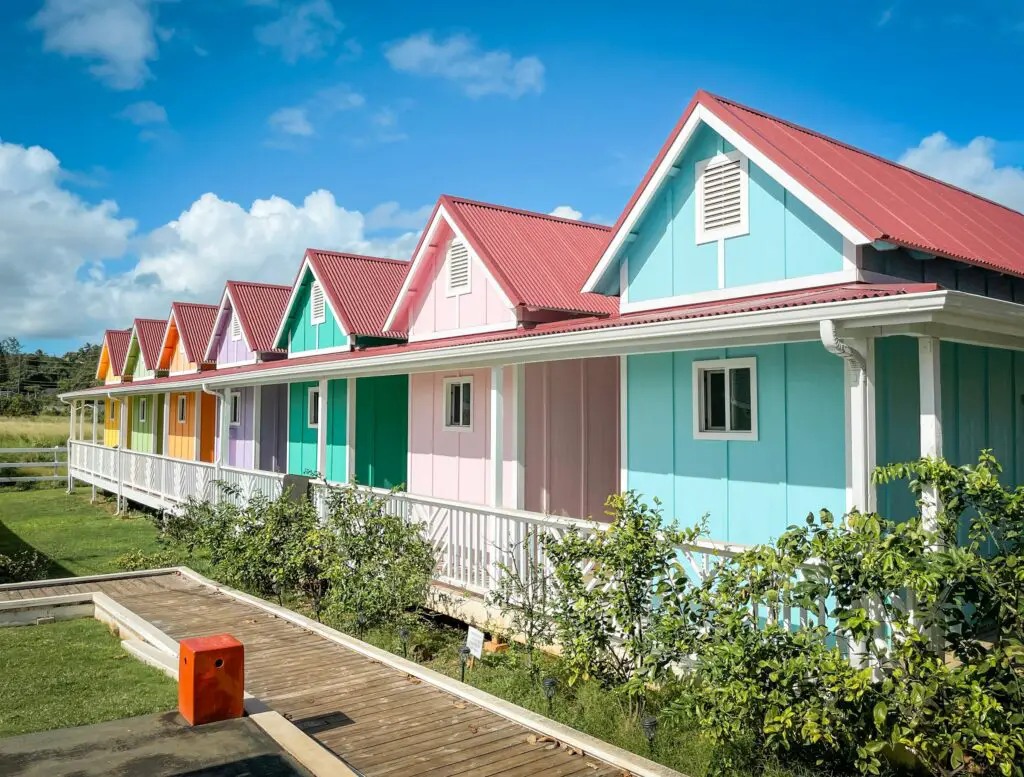
The tiny home lifestyle is often marketed as a way to escape the hustle and bustle, but that escape can sometimes lead to unexpected isolation. While the idea of living off the grid or in a tight-knit community sounds appealing, the reality might leave you feeling more cut off than connected. The physical compactness of a tiny home can mirror a social compact that isn’t quite fulfilling. Even if you’re surrounded by like-minded neighbors, the limited space can make genuine interactions challenging. Every social gathering might feel like a forced interaction rather than a warm, organic connection. The promise of a simpler life can sometimes translate to a lonelier one.
You might find that the very design intended to foster community ends up isolating you from the comforts of a larger space. When every visitor is an unwelcome intrusion into your private world, the excitement of socializing can wane. The charm of a tiny home can sometimes be overshadowed by the emotional toll of isolation and limited personal interaction. Instead of enjoying a vibrant community, you might end up feeling trapped in your own microcosm. The balance between solitude and social life becomes a delicate, often frustrating dance. Sometimes, the dream of escaping society leaves you longing for just a bit more space to connect.
15. Inflexible Floor Plans
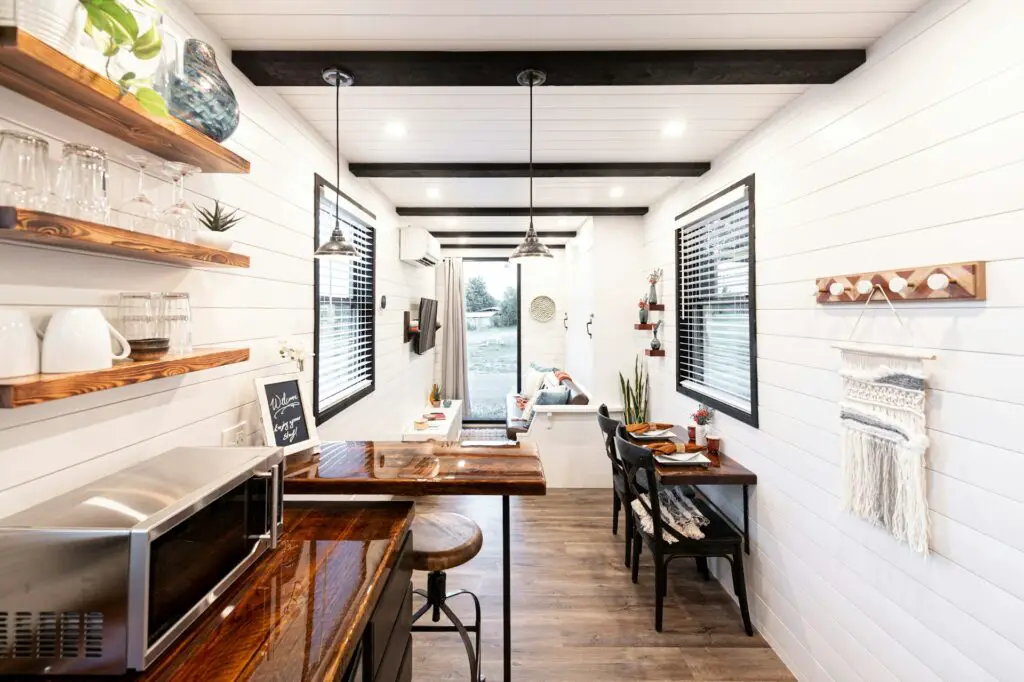
Tiny homes are built with precision, but that precision can come at the cost of flexibility. With every square inch designed for a specific purpose, changing the layout to suit evolving needs becomes a Herculean task. The rigidity of the floor plan might stifle your creativity and force you into a life that feels predetermined. Every design flaw is magnified, and even small changes require major overhauls. You might love the initial design, but over time the lack of adaptability can feel downright oppressive. The once-charming fixed layout can quickly become a source of frustration as your lifestyle shifts.
When you decide you need a new home office or a larger dining area, the inflexibility of the design offers little hope for transformation. Every attempt at a makeover feels like trying to remodel a puzzle that’s missing pieces. The confined nature of the layout means that every new idea has to battle against a design that was set in stone. The prospect of creating a space that grows with you becomes more of a dream than a reality. Instead of a dynamic home that adapts to your needs, you’re left with a static structure that limits your options. Sometimes, the dream of a forever-changing space is just too big for a tiny home to handle.
